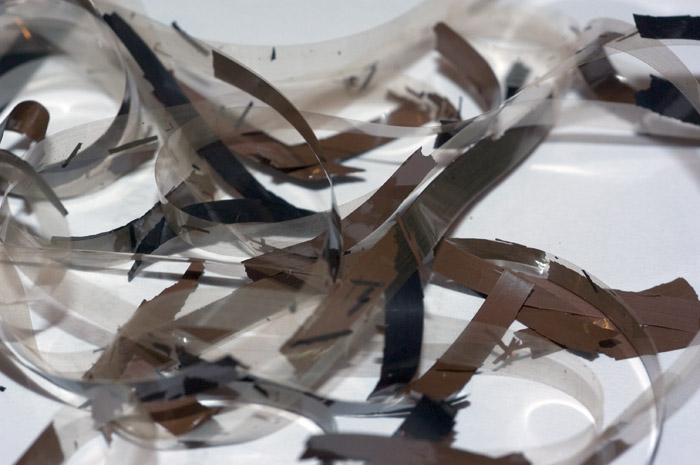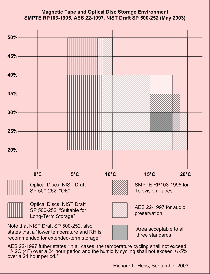The round-pin power cords used on older Hewlett-Packard and Dolby equipment uses a connector called the PH-163. I think I have enough to last me. I bought my last batch in the early 2000s.
As of 2024 these cords are becoming more and more difficult to find…but they still keep appearing in small quantities.
In April 2024, Kazuo Iwase contacted me (out of the blue) from Tokyo, Japan, saying he had just received a box of these cords. His contact information is below.
Thanks once again to Rick Chinn (In 2021), there still is a USA source. These have European connectors, bare ends, or non-molded NEMA 5-15P plugs attached. As of April 2024, this USA link is still active Use your browser’s search function (<ctrl> F) to find HP Oval.




